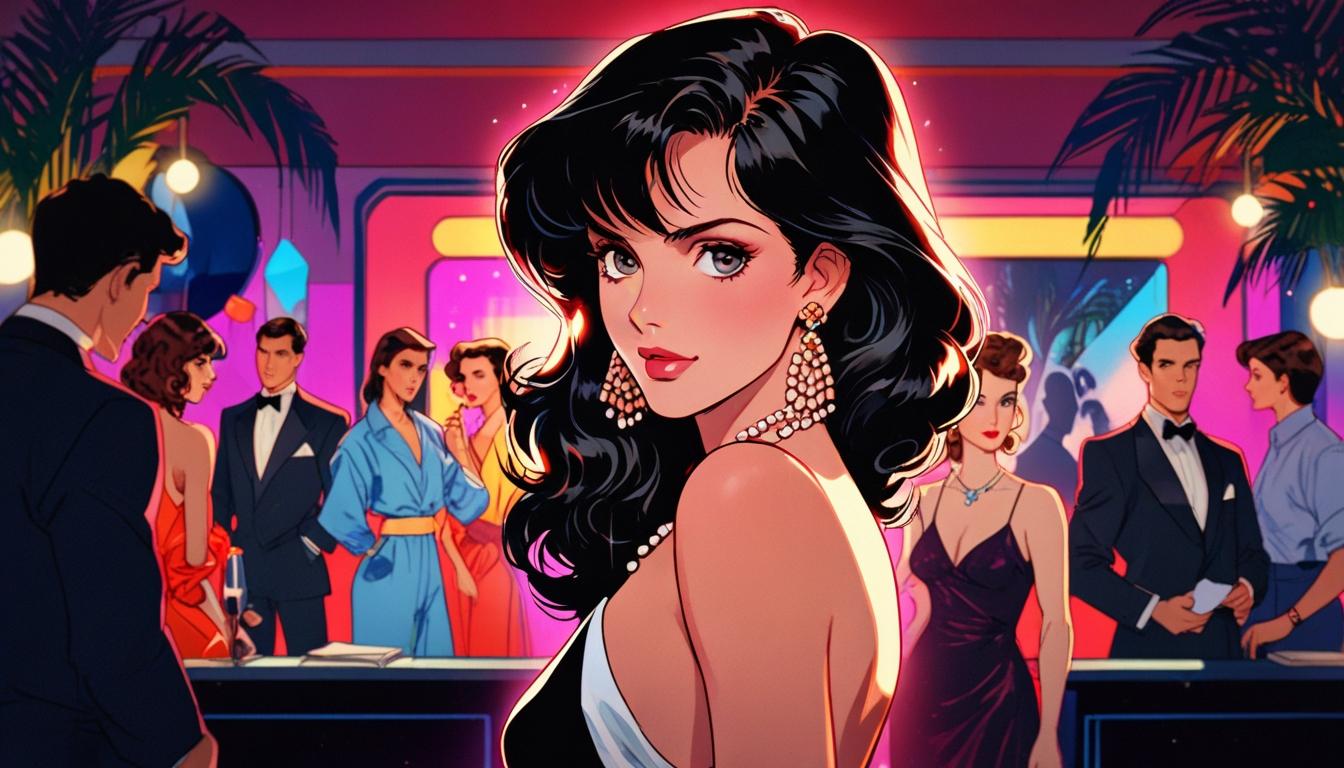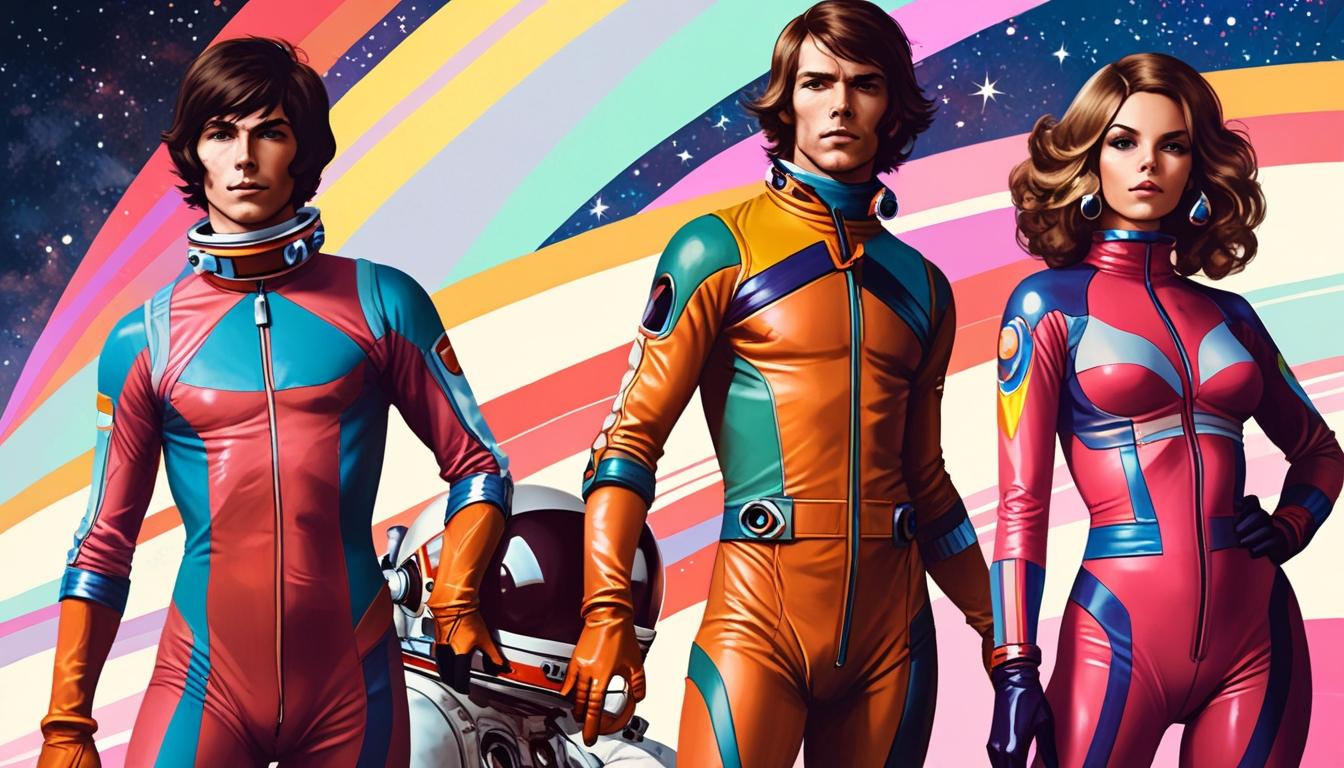American photographer Brad Branson’s work from the 1980s and 90s is gaining recognition for its cultural significance as interest in that era’s artistic outputs grows.
The artistic legacy of American photographer Brad Branson is experiencing a resurgence as interest in the creative outputs of the 1980s and 90s grows. Although Branson has not attained the same level of fame as his contemporaries such as Herb Ritts, Mary Ellen Mark, and Brigitte Lacombe—also part of the famed Los Angeles photographic agency Visage—his work has become increasingly recognized for its significant cultural impact.
Branson, who was active in defining the aesthetic of his time, captured a wide array of cultural figures, artists, musicians, and fashion designers that defined a transformative era. His distinctive graphic photographic style characterized by artfully lit studio shots emulated a revival of Old Hollywood glamour, influencing the visual narrative of that period. His clientele included iconic musicians like Boy George, George Michael, and Nina Hagen, as well as notable artists such as Jean-Michel Basquiat and Leigh Bowery. His portraits are a testament to the vibrancy of the creative circles in which he moved, with models such as Naomi Campbell, Iman, and Carla Bruni; designers like Stephen Jones and Vivienne Westwood also gracing his lens.
Stephen Jones, a renowned milliner, highlighted the allure of Branson’s photography, stating, “It was everybody’s dream to have a photograph taken by Brad because he made everybody look great.” This sentiment speaks to the admiration and respect that many in the industry had for Branson’s ability to elevate his subjects through his lens. Similarly, stylist Kim Bowen recalled a memorable session with Vivienne Westwood, noting that Branson’s work transcended traditional airbrushing techniques. “He didn’t retouch her into nothingness, he retouched her into somethingness,” she remarked, emphasizing Branson’s commitment to maintaining the authenticity and character of his subjects.
Branson’s early life was colored by exposure to Hollywood glamour; one of his first jobs involved working as a projectionist for the silent film actress Gloria Swanson. Under the mentorship of photographer Paul Jasmin, Branson became familiar with pioneers like George Hurrell, whose glamorous shots of stars set the precedent for visual storytelling in photography.
In the Crenshaw District of Los Angeles, Branson transformed his photography studio into the nightclub Power Tools, which became a cultural hotspot favored by artists and musicians. The club is rumored to have inspired elements of Bret Easton Ellis’ seminal work Less Than Zero. Ellis, writing for Vanity Fair in 1985, described Power Tools as “the ‘most happening’ club in all of Los Angeles” where notable figures including Andy Warhol and Malcolm McClaren would frequently appear.
After moving to London, where he further imbibed the vibrant nightlife scene amidst the backdrop of Thatcher’s Britain, Branson continued to collaborate with artists, including photographer and model Fritz Kok. Their partnership, known as Indüstria, produced striking images that reinforced the escapist desires of the LGBTQ+ community at the time. Kok noted the drive for people to become icons or superheroes, an ambition that Branson’s photography often captured, portraying subjects with visionary aesthetics and elaborate compositions.
Branson’s work also found traction within the music industry, producing impactful record covers, including George Michael’s Fast Love and the music video sets for Freedom! ‘90 and Too Funky. His contributions across various mediums highlight his lasting influence on both photography and culture, solidifying his place as a significant, albeit underrecognized, figure in the narrative of 20th-century arts and photography. As interest in his work increases, it appears Branson’s legacy is poised for wider recognition in the public consciousness.
Source: Noah Wire Services



